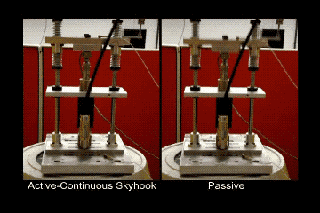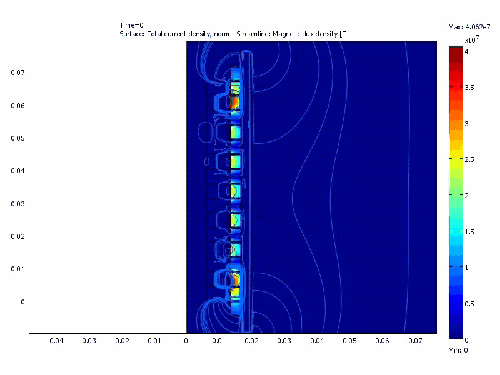In most dampers, the energy is converted into heat and dissipated without being used; in our electromagnetic dampers, the dissipated energy can be stored as electrical energy.
Electromagnetic dampers can function as sensors and actuators simultaneously, they are self-powered, active shock absorbers.
Vehicle suspension systems have been extensively explored in the past decades, contributing to ride comfort, handling and safety improvements. The new generation of powertrain and propulsion systems, as a new trend in modern vehicles, poses significant challenges to suspension system design. Consequently, novel suspension concepts are required, not only to improve the vehicle’s dynamic performance, but also to enhance the fuel economy by utilizing regeneration functions. However, the development of new-generation suspension systems necessitates advanced suspension components, such as springs and dampers. This research, on the development of hybrid electromagnetic dampers is an Ontario Centres of Excellence (OCE) collaborative project sponsored by Mechworks Systems Inc. The ultimate goal of this project is to conduct feasibility study of the development of electromagnetic dampers for automotive suspension system applications.
The ultimate objective of this research is to employ existing suspension system and damper design knowledge together with new ideas from electromagnetic theories to develop new electromagnetic dampers. At the same time, the development of eddy current dampers, as a potential source for passive damping element in the final hybrid design, is considered and thoroughly studied. For the very first time, the eddy current damping effect is introduced for the automotive suspension applications. The eddy current passive damper, as a stand-alone unit, is designed, modeled, fabricated and successfully tested. The feasibility of using passive eddy current dampers for automotive suspension applications is also studied.

